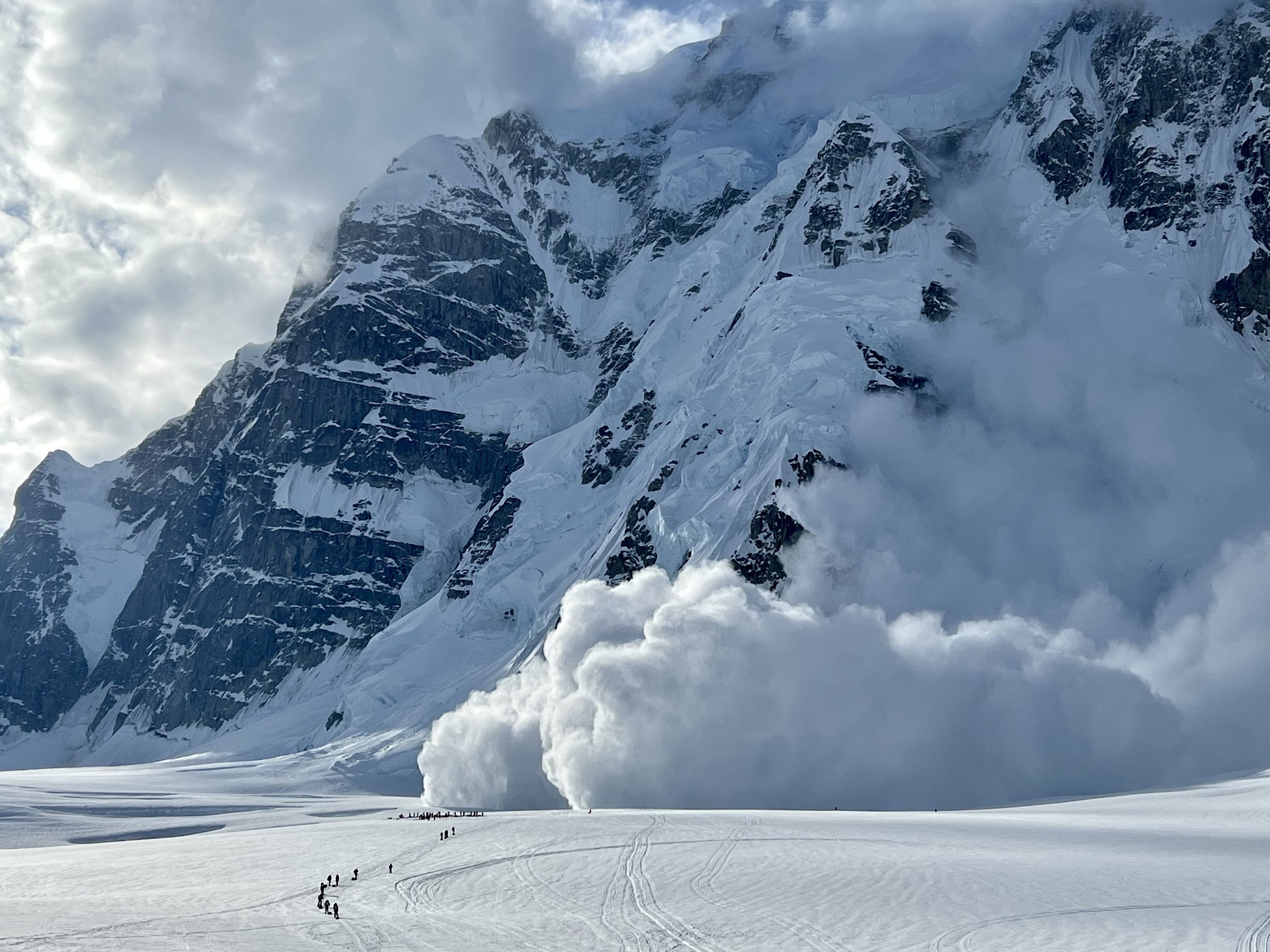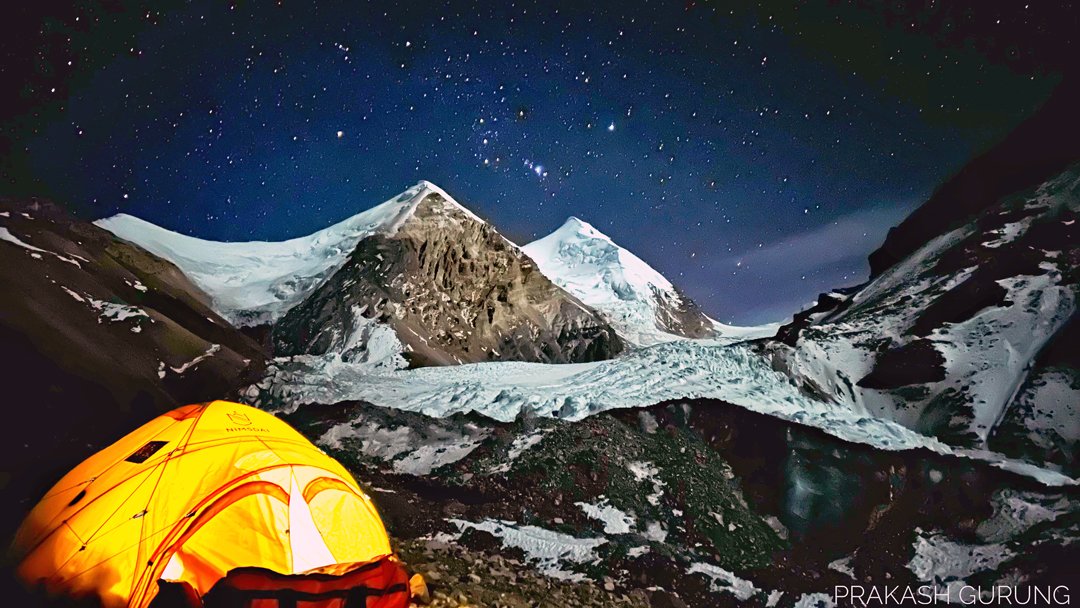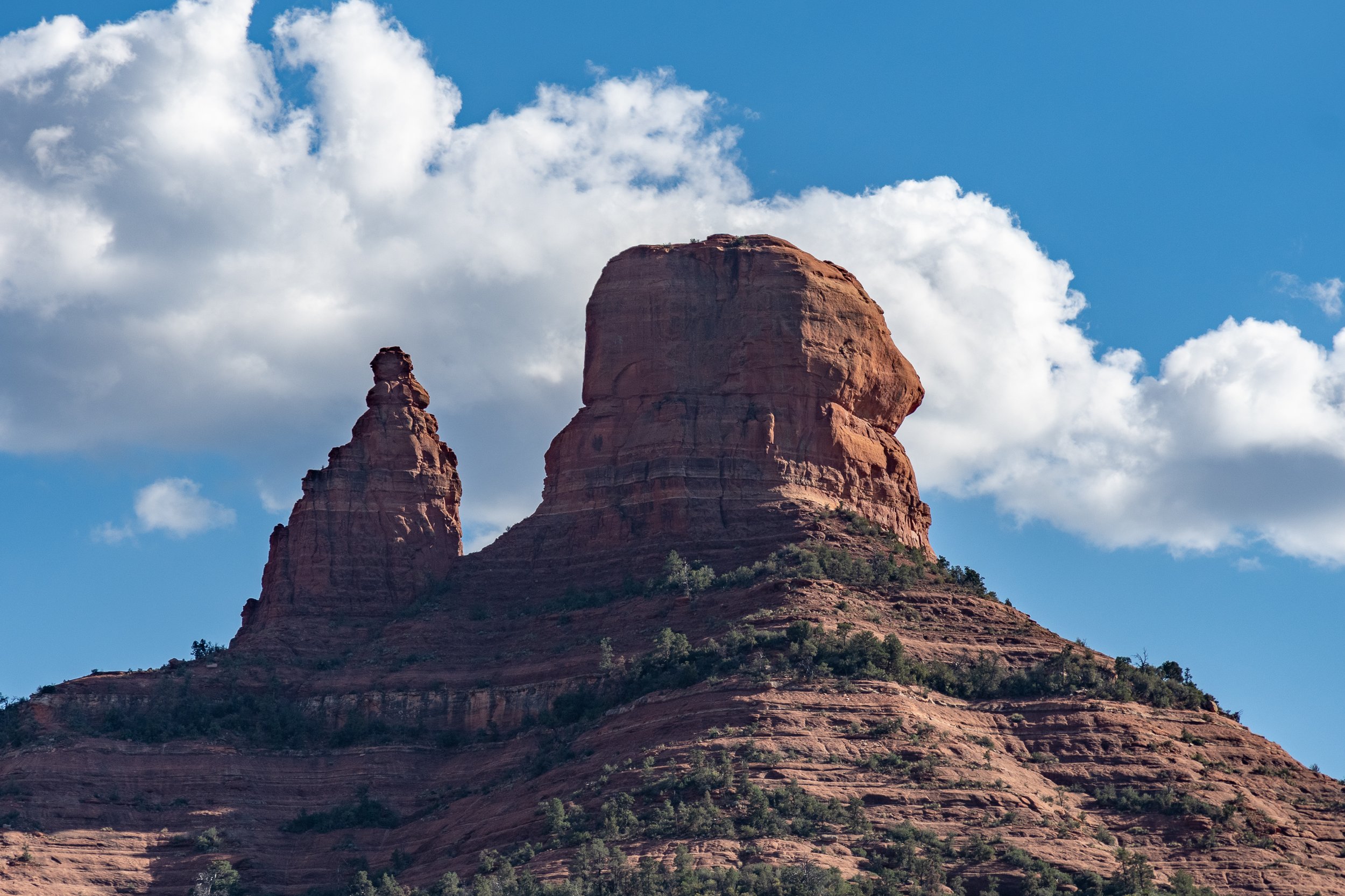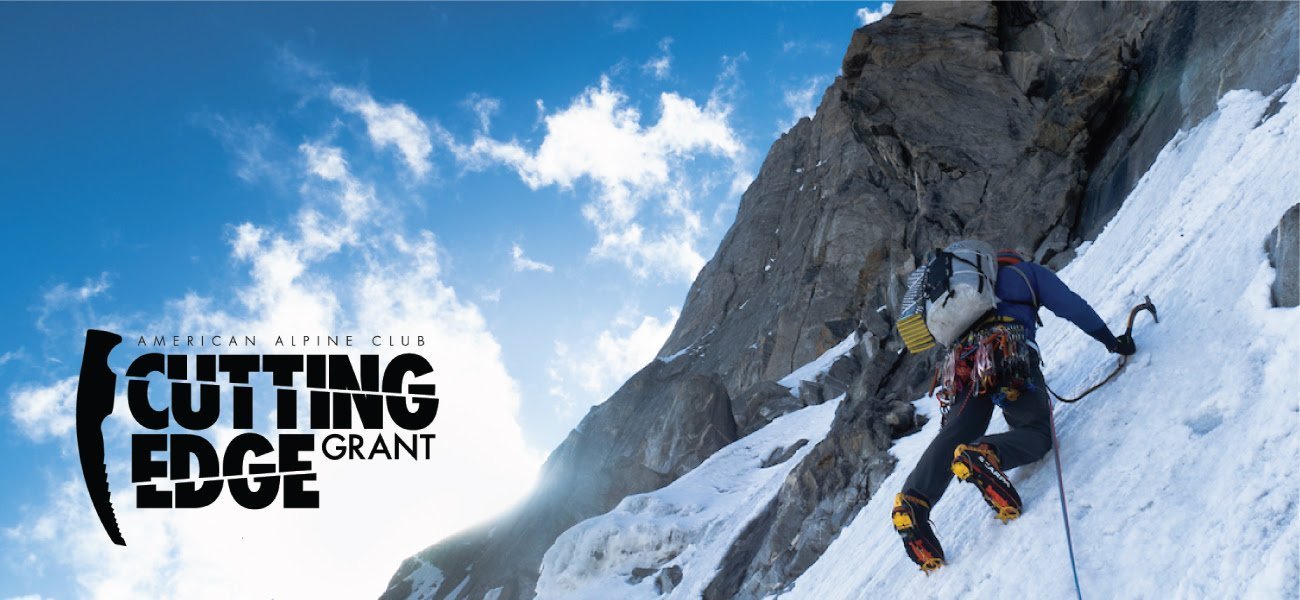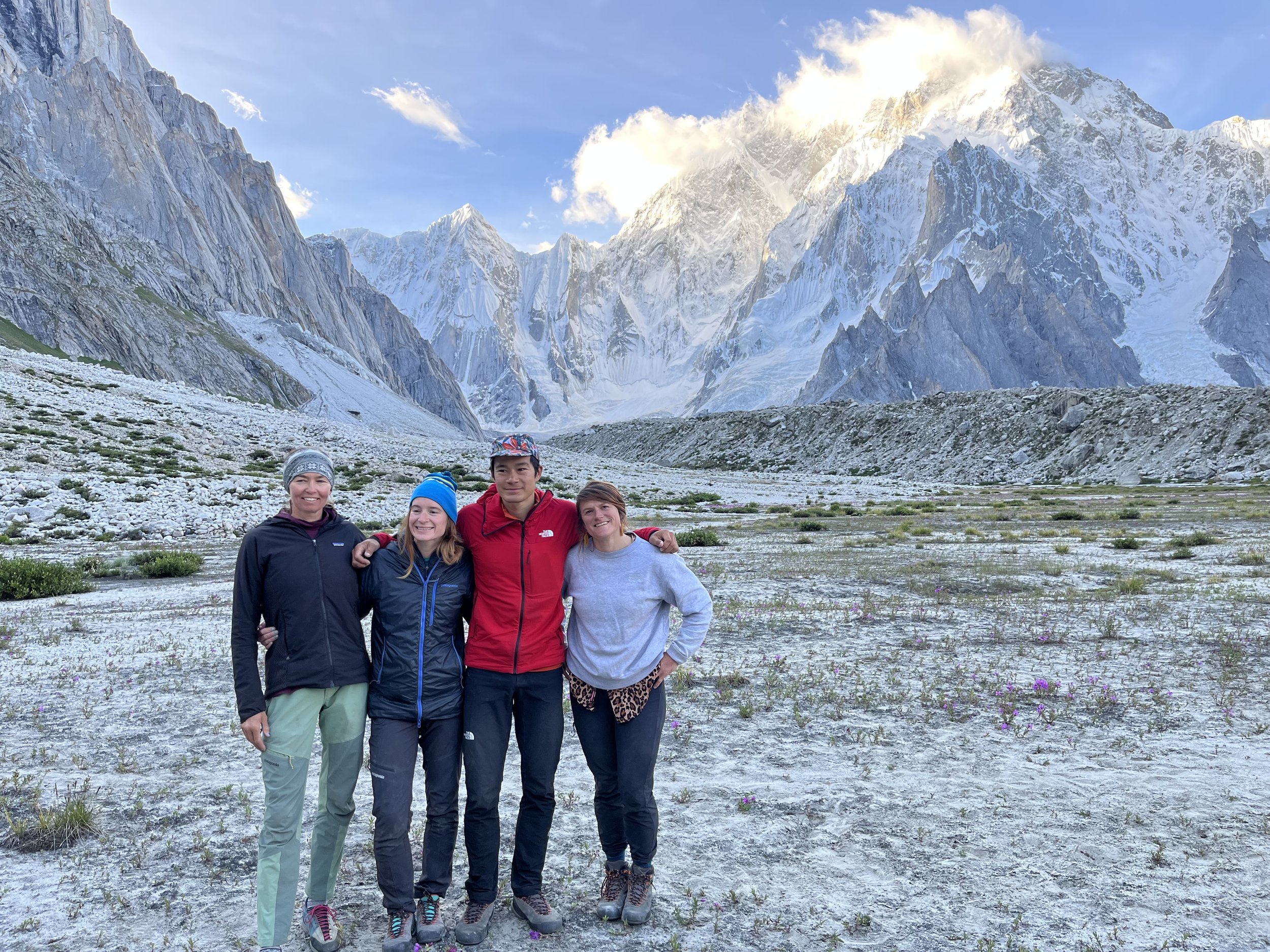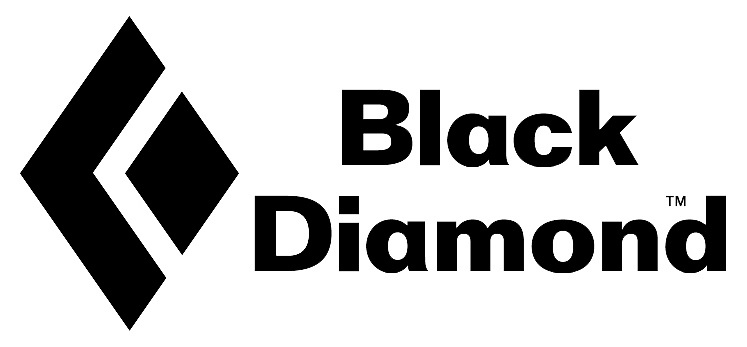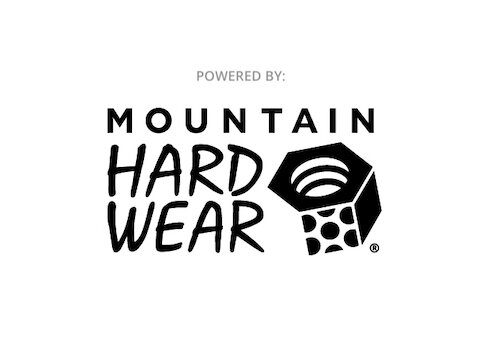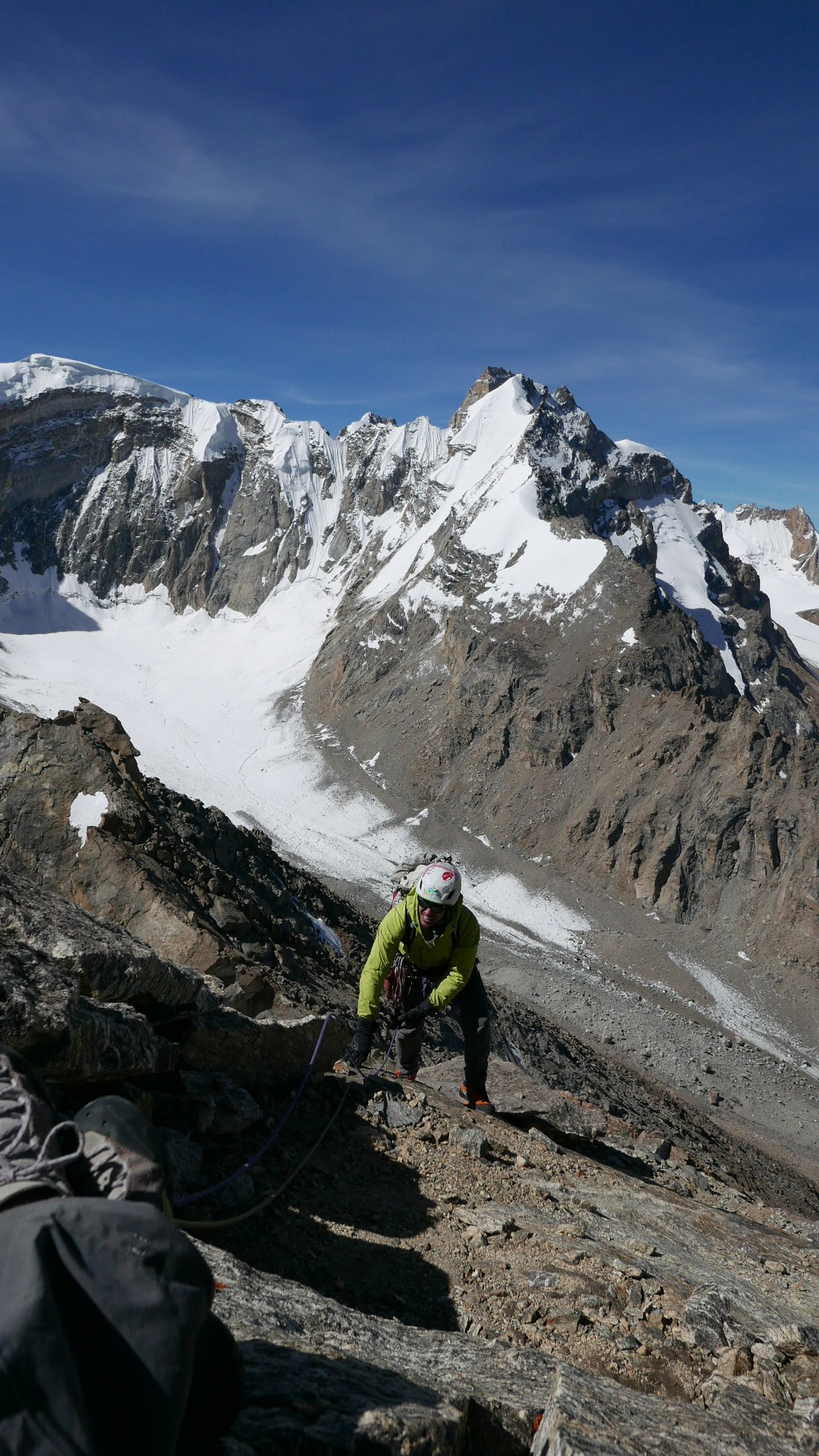March 2025
The American Alpine Club (AAC) and Mountain Hardwear are excited to announce the 2025 McNeill-Nott recipients. With the untimely death of Sue Nott and her climbing partner Karen McNeill on Sultana (Mt. Foraker) in 2006, the AAC partnered with Mountain Hardwear to establish the McNeill-Nott Award in their memory. This award seeks to preserve the spirit of these two talented and courageous climbers by giving grants to amateur female climbers exploring new routes or unclimbed peaks with small teams.
Heather Smallpage
Heather Smallpage will receive $2,000 to attempt big wall and alpine-style first ascents in a little-climbed region of Baffin Island: Arviqtujuq Kangiqtua (formerly Eglinton Fjord). Natalie Afonina, Shira Biner, Char Tomlinson, and Kaylan Worsnop will all join the expedition, which will be almost entirely human-powered. The expedition team will travel over 250 km by skiing, climbing, packrafting, and walking. The team hopes that this expedition will not only inspire people to see what is possible for female and nonbinary alpinism but also emphasize how increasingly essential and joyous these spaces are in this sport and will tell a story that includes voices that are often quieted or left out of the climbing media.
Allie Oaks (left) and Angela VanWiemeersch (right).
Angela VanWiemeersch will receive $4,000 to attempt to establish a technical line in alpine style on a 5,000-meter peak in the Pamir Alai mountains of Kyrgyzstan. Allie Oaks will join VanWiemeersch on this expedition. Oaks and VanWiemeersch have been growing a long-distance partnership over the last four years and will be doing a training trip in the Canadian Rockies this April. This will be their first big expedition together.
PC: Robert Taylor
Brooke Maushund will receive $1,000 to attempt to climb and ski unclimbed peaks on the Southern Patagonian Icefield (Hielo Continental) with a primarily female team. Since avalanche forecasting in the U.S. during austral summers, Maushund was driven to extend her winters in the Southern Hemisphere. After spending close to four months skiing in Patagonia last year, starting to learn terrain, snowpacks, and weather patterns, she is excited to continue learning through exploratory skiing in this dynamic, wild environment.
Applications for the McNeill-Nott Award are accepted each year from October 1 through November 30.
Contact:
Berkeley Anderson, Foundation and Grants Coordinator: [email protected]
Powered by:
About Mountain Hardwear
Mountain Hardwear, Inc., was founded in 1993 and is based in Richmond, CA. We exist to encourage and equip people to seek a wilder path in life. For 30 years, we’ve built essential equipment for climbers, mountaineers, and outdoor athletes and have supported expeditions on the world’s highest peaks. Relentless precision continues to inspire everything we do — our designers sweat every stitch and detail to continuously improve function, durability, and comfort. Mountain Hardwear is a wholly-owned subsidiary of Columbia Sportswear Company that distributes its products through specialty outdoor retailers in the United States and 34 countries worldwide. www.mountainhardwear.com











